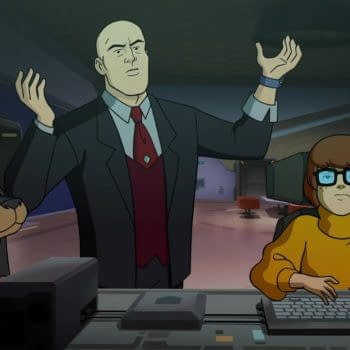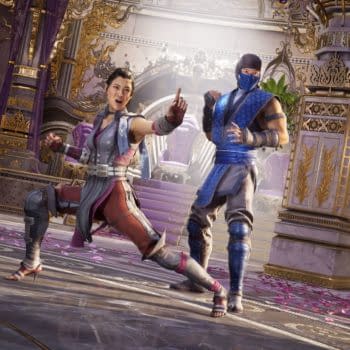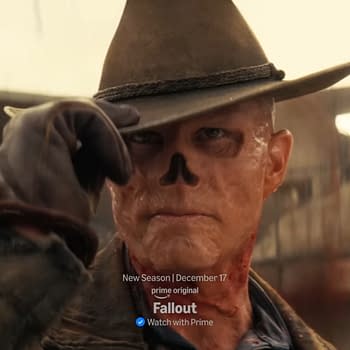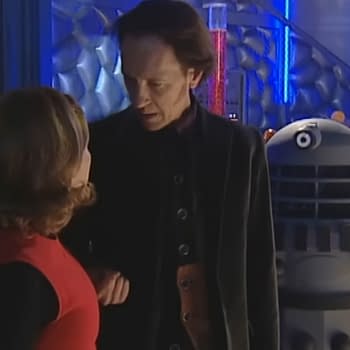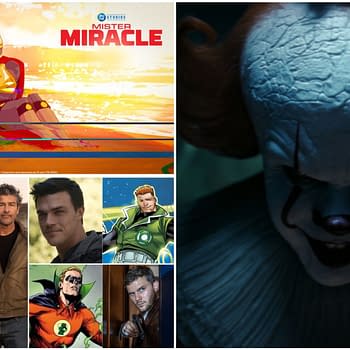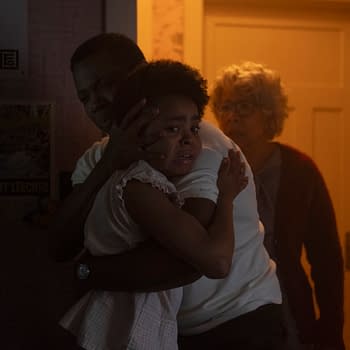Posted in: Apple, Trailer, TV | Tagged: apple, apple tv plus, dr brain, interview, kim jee woon, preview
Dr. Brain: Visionary Director Kim Jee-Woon Takes Us Behind the Scenes
Writer, Director, Executive Producer of Dr. Brain director Kim Jee-woon (The Good, The Bad, The Weird, I Saw the Devil) wants to know, if you could read someone else's mind, whose brain would you explore? Based on the incredibly popular Korean webtoon of the same name, Dr. Brain. currently streaming on Apple TV +, is an emotional journey that follows a grieving neurologist Dr. Sewon Koh (Lee Sun-kyun) who suffers a horrific personal tragedy when his family falls victim to a mysterious accident. Desperate to uncover what happened, he goes to extraordinary lengths to solve the tragic mystery by conducting "brain syncs" with the dead to access their memories for clues. However, his journey is impeded by those who try to thwart his scientific methods and keep their own secrets at any cost. Not only a mystery that illuminates themes of familial and human healing, Dr. Brain is also an extraordinary sci-fi thriller. Recently visionary film maker Kim Jee-woon spoke with Bleeding Cool about creating the stunning visuals, his use of color in the project, and what was his most difficult scene to shoot.
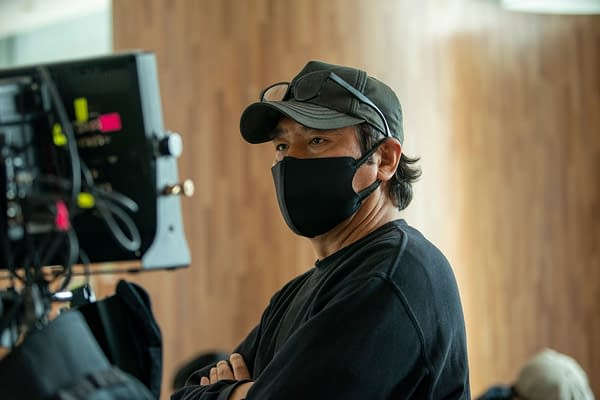
I'm a big fan of "The Good, The Bad, The Weird" and you once again worked with long-time collaborator, production designer Cho Hwa Sung to create visual landscapes of memories. Can you talk about the challenges of creating spaces that seem real but at the same time represent something beyond reality?
Kim Jee-woon (Via Interpreter): Well, yes, it is the same production designer, and I have been working with him for a long time now. The thing about the main character, Sewon (Lee Sun-kyun) , is that he has a brain anomaly, a very large hippocampus, which governs the memory side, and an underdeveloped amygdala, which governs the emotional aspect and connection with others. So this person is very isolated and shut off from society. So I try to portray his house and the labs and the places that he goes to, most often in the very cold and monotonous and dark color scheme. And once the case begins, this seemingly cold and dry person starts to heat up. Metaphorically speaking, the temperature increases as he starts to feel more emotions and in line with his evolving emotions, I made sure that the color scheme would also develop so the colors would become more vivid and intense. And this is the overall direction that the production designer and I discussed and agreed on.
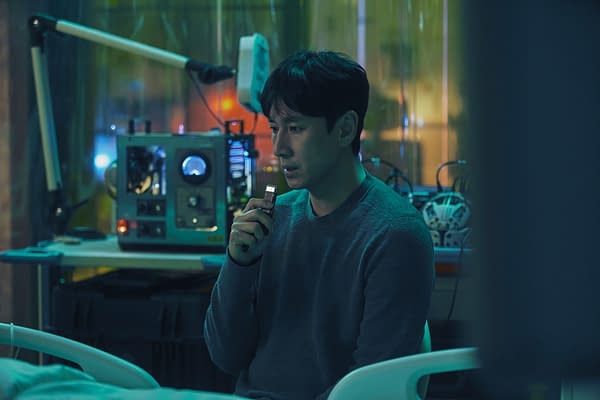
To pull on that thread a little bit, can you discuss how you specifically use color, and which colors you use to convey the mood and the emotion of the scene.
KJW: Well, as I decided on which colors that I would use for each of the scenes, as were the hospitals, I went for a white kind of pale blue centered color scheme. And as for the textures, I tried to use a lot of shiny, reflective material that gave off that very cold vibe and so on home. I used a rather bland, monotonous color scheme to show that he was very emotionally deprived and his social connections were all destroyed practically. However, in the flashbacks when he had a happy home, I went for a warm color scheme centered on orange and yellowish tones to give off that very cozy, homey ambiance. And as the case intensifies and he becomes more emotional, I make sure that the colors are more pigmented and I adjusted the brightness also so that it would seem more vivid overall. And that's why in the initial scene, there's a lot of blue, whereas towards the end I use a lot of red tones. As for the creature, it's bright red overall and for the little kids, we dress them in red to express that.

The show itself is absolutely gorgeous on the screen. What was behind your decision to go with the bigger aspect ratio for this project?
KJW: Yeah, I think as for the aspect ratio, I tend to use a lot of wide lenses or wide shots because I have more experience with filmmaking. And the thing about a human being's consciousness and unconsciousness is that it's not so easy you don't know what to expect. There's no context is very shocking. Just anything could jump out at you any moment, and I wanted to express that. It's very hard to expect anything within a human's consciousness. I try to express that using different angle shots and aspect ratios and POVs.
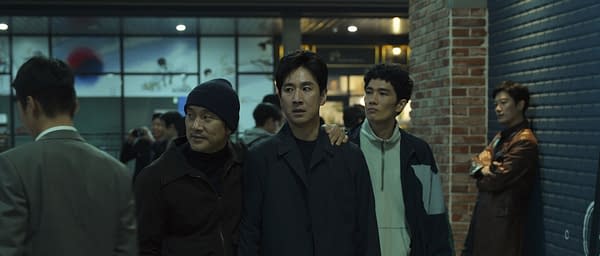
What was the most difficult scene to shoot?
KJW: Well, each and every scene was very difficult to shoot honestly, because there were a lot of action scenes in the series for this genre. And there were many actors who were trying action scenes, stunt scenes for the first time. And for me, it was a bit tough to figure out how I could convince the audience that this is a plausible story that could have a chance of happening. I know that there is data on successful experiments with mice in brains syncing and transmitting information from one brain to another, so it is theoretically possible. The challenge for me was to prove that this could actually take place in reality. If I were to pinpoint one specific scene that was very hard to shoot, it would be the last scene of episode one, where Sewon sees that creature in the middle of a city. We shot that scene in February, the weather was very cold and it had to rain and it was a very bustling commercial zone and we had to film with a child. I remember feeling a lot of pressure and all the staff members had a very hard time shooting that.





